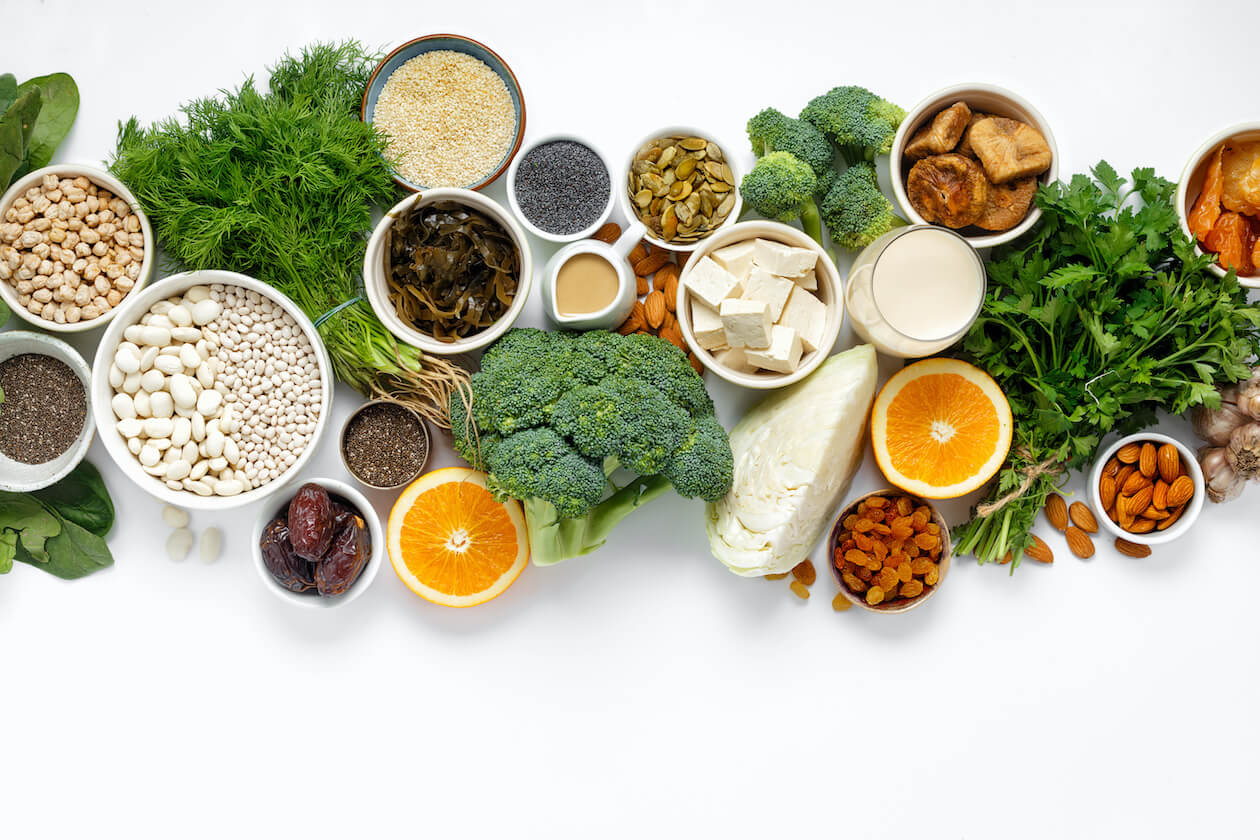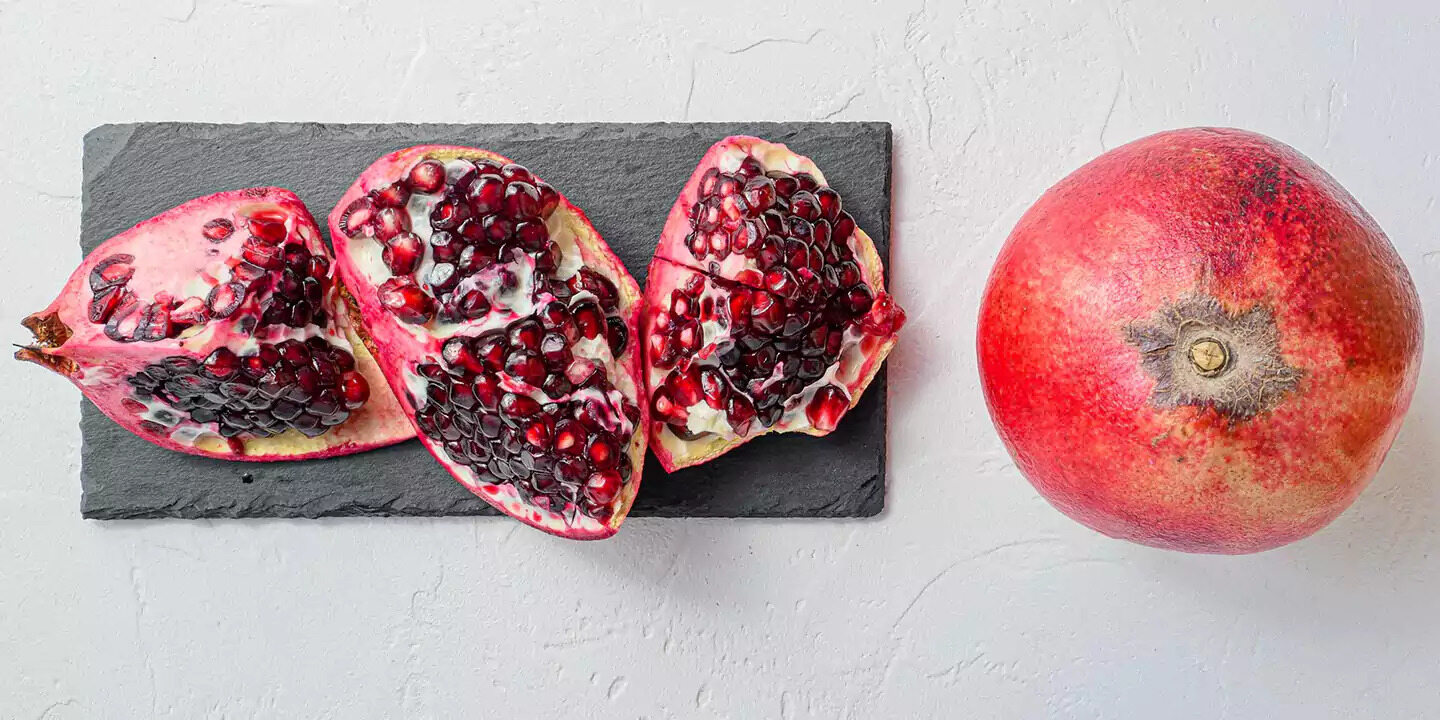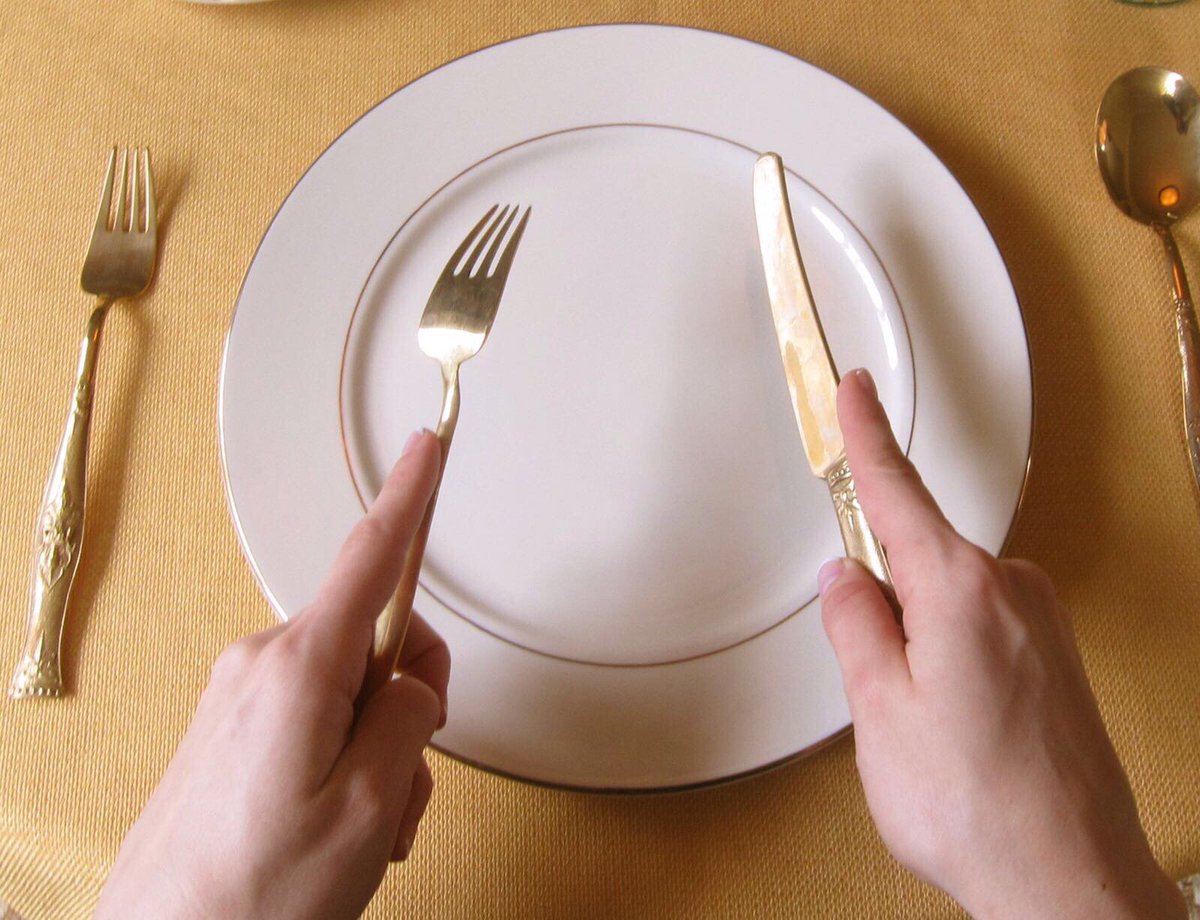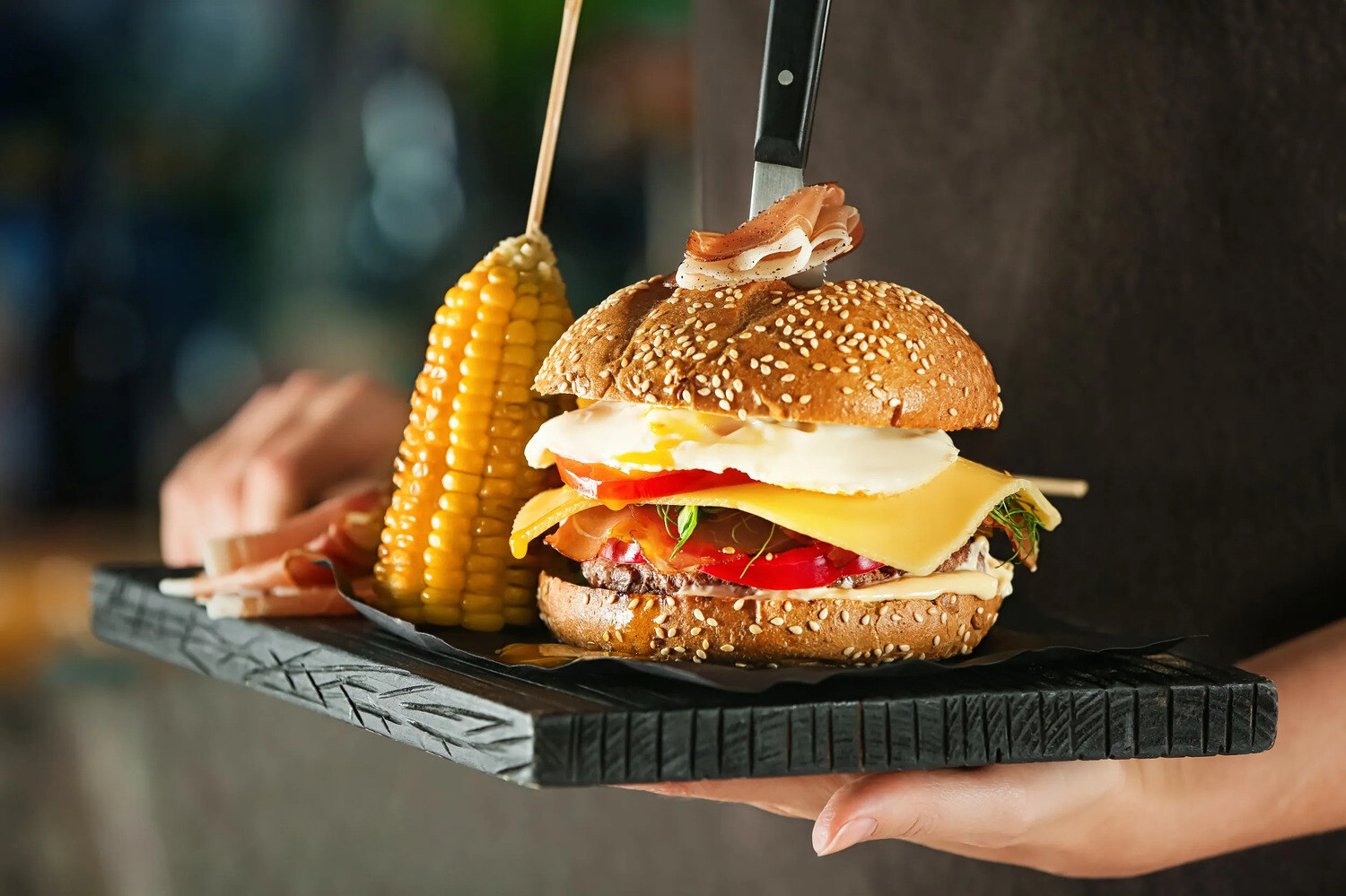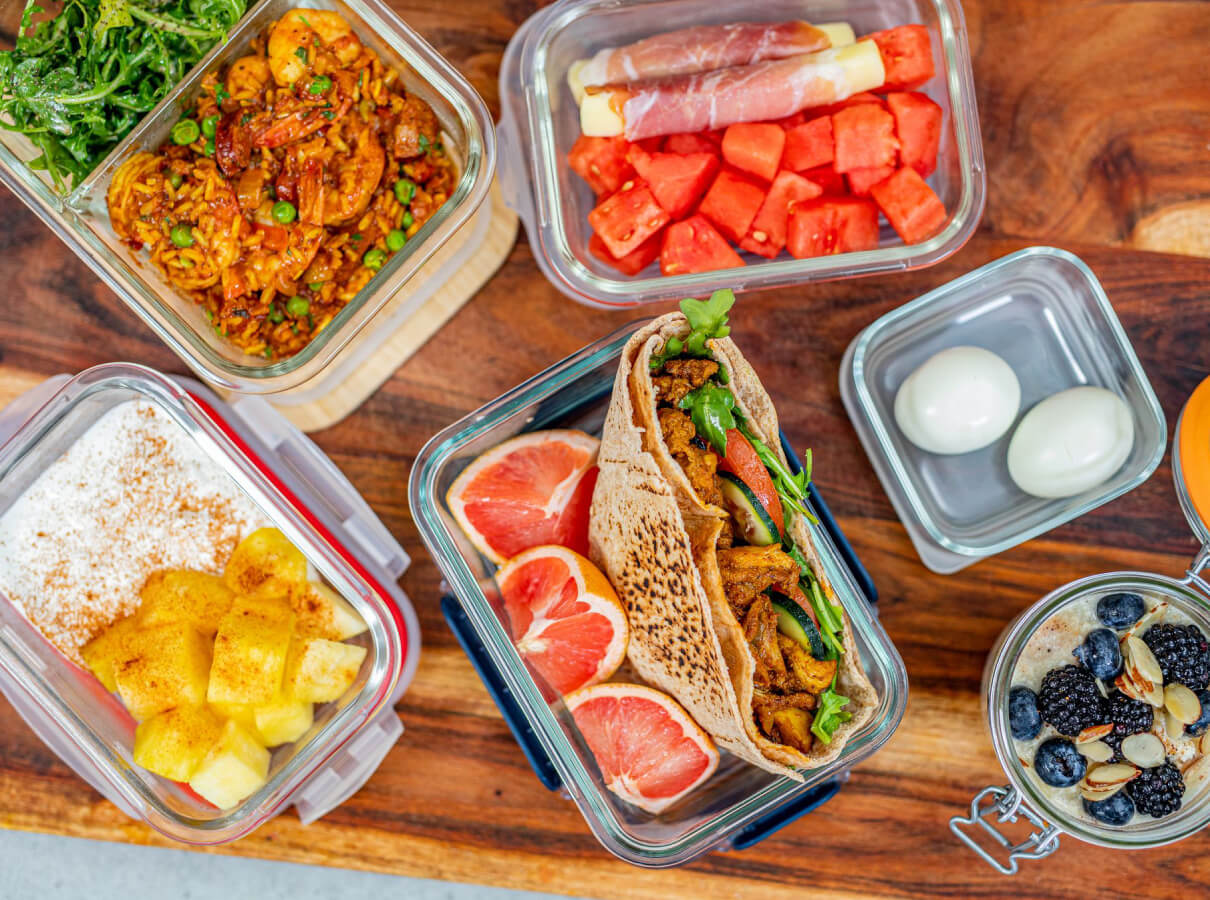Boost Your Calcium Intake with These Delicious Foods
Calcium is an essential mineral that plays a crucial role in maintaining strong and healthy bones and teeth. It also supports proper muscle function and nerve transmission. While many people associate calcium with dairy products, there are plenty of other foods that are high in this important nutrient. If you’re looking to increase your calcium intake, here are some delicious and nutritious options to consider:
1. Dairy Products
Dairy products are well-known for their high calcium content. Milk, yogurt, and cheese are all excellent sources of this essential mineral. Try incorporating a serving of dairy into your daily routine, whether it’s a glass of milk with breakfast, a yogurt parfait for a snack, or a slice of cheese on your sandwich.
2. Leafy Greens
Leafy greens such as kale, spinach, and collard greens are packed with calcium. These versatile veggies can be enjoyed in salads, smoothies, stir-fries, and soups. Adding a handful of leafy greens to your meals is an easy way to boost your calcium intake.
3. Sardines and Salmon
Fatty fish like sardines and salmon are not only rich in omega-3 fatty acids but also in calcium. Canned sardines with bones and canned salmon with bones are particularly high in calcium. Incorporate these fish into your diet by adding them to salads, pasta dishes, or enjoying them on whole grain crackers.
4. Tofu and Soy Products
Tofu and other soy products are excellent plant-based sources of calcium. Tofu can be added to stir-fries and soups, while soy milk can be used as a dairy-free alternative in smoothies and cereals. Look for calcium-set tofu for an even higher calcium content.
5. Nuts and Seeds
Almonds, chia seeds, and sesame seeds are all rich in calcium. Snack on a handful of almonds, sprinkle chia seeds on your yogurt or oatmeal, or use tahini (sesame seed paste) in salad dressings and dips to increase your calcium intake.
6. Fortified Foods
Many foods, such as certain cereals, plant-based milks, and fruit juices, are fortified with calcium. Check the labels to find products that have been enriched with this essential mineral. Incorporating fortified foods into your diet can be an easy way to increase your calcium consumption.
By incorporating these calcium-rich foods into your diet, you can ensure that you’re meeting your body’s needs for this essential mineral. Whether you prefer dairy products, leafy greens, or plant-based sources of calcium, there are plenty of delicious options to choose from. Remember that a balanced diet that includes a variety of nutrient-dense foods is key to supporting overall health and well-being.
So, go ahead and get creative in the kitchen with these calcium-rich foods. Your bones and teeth will thank you!
